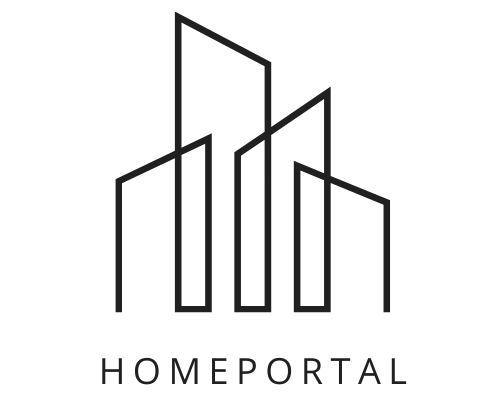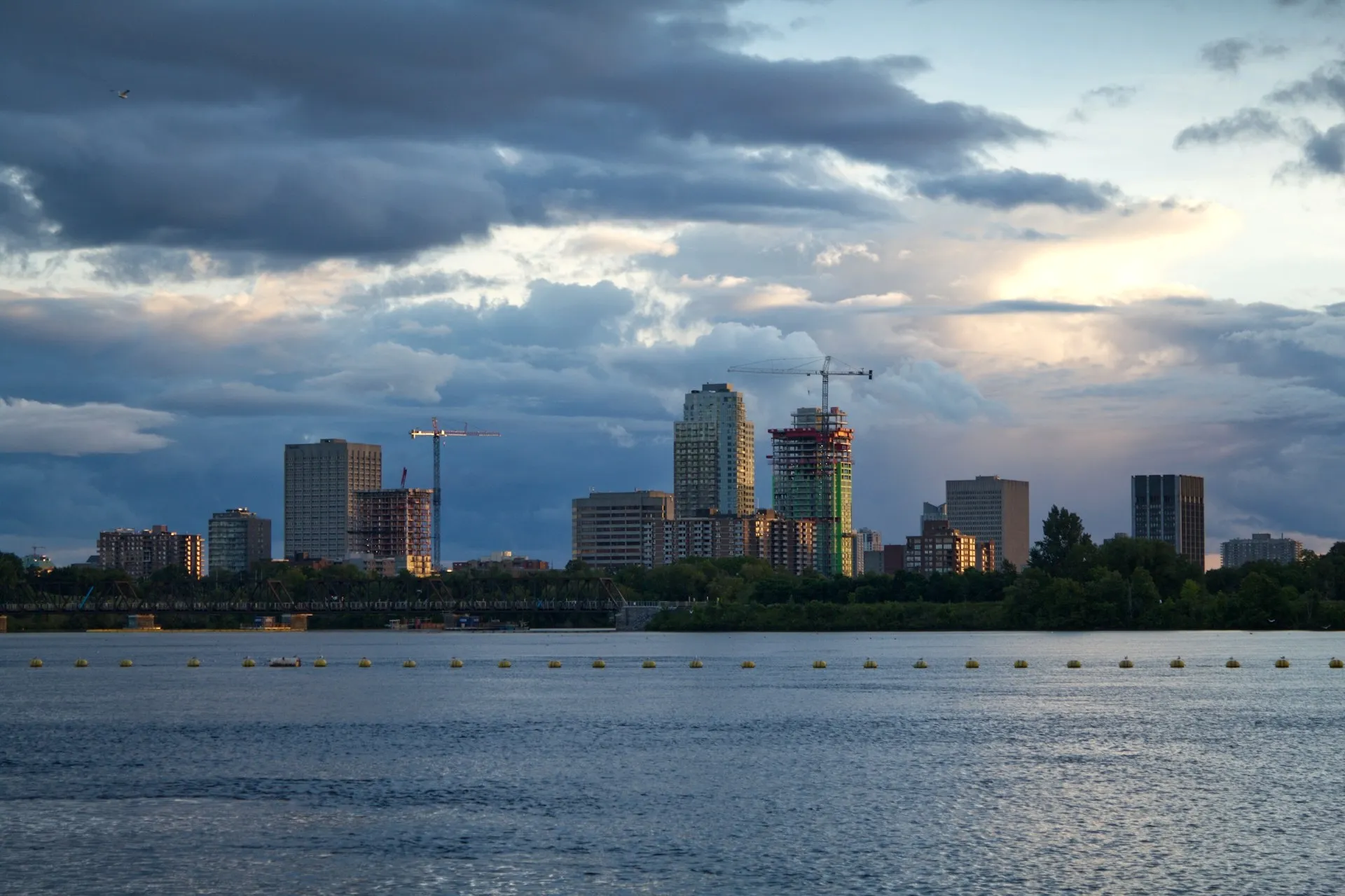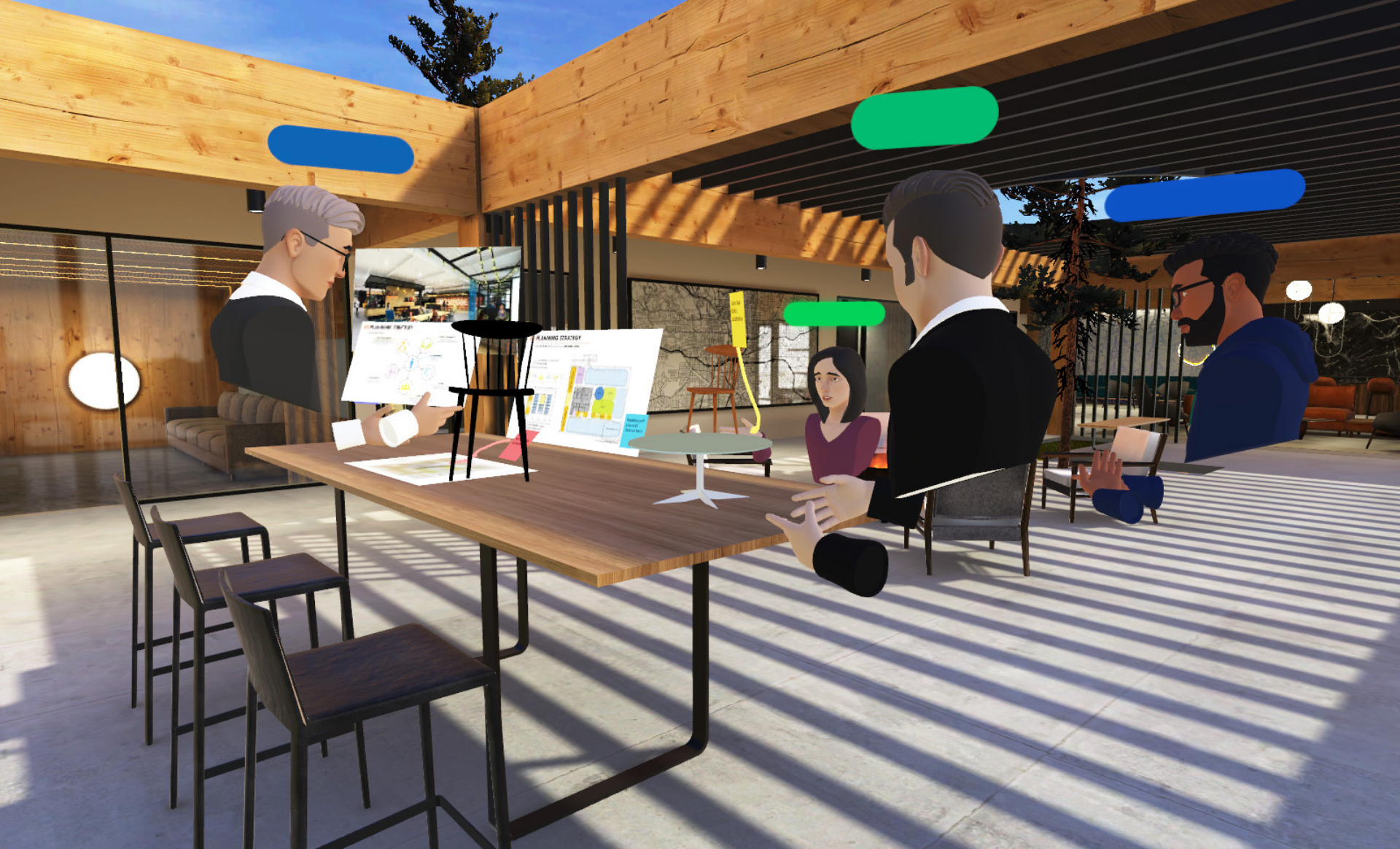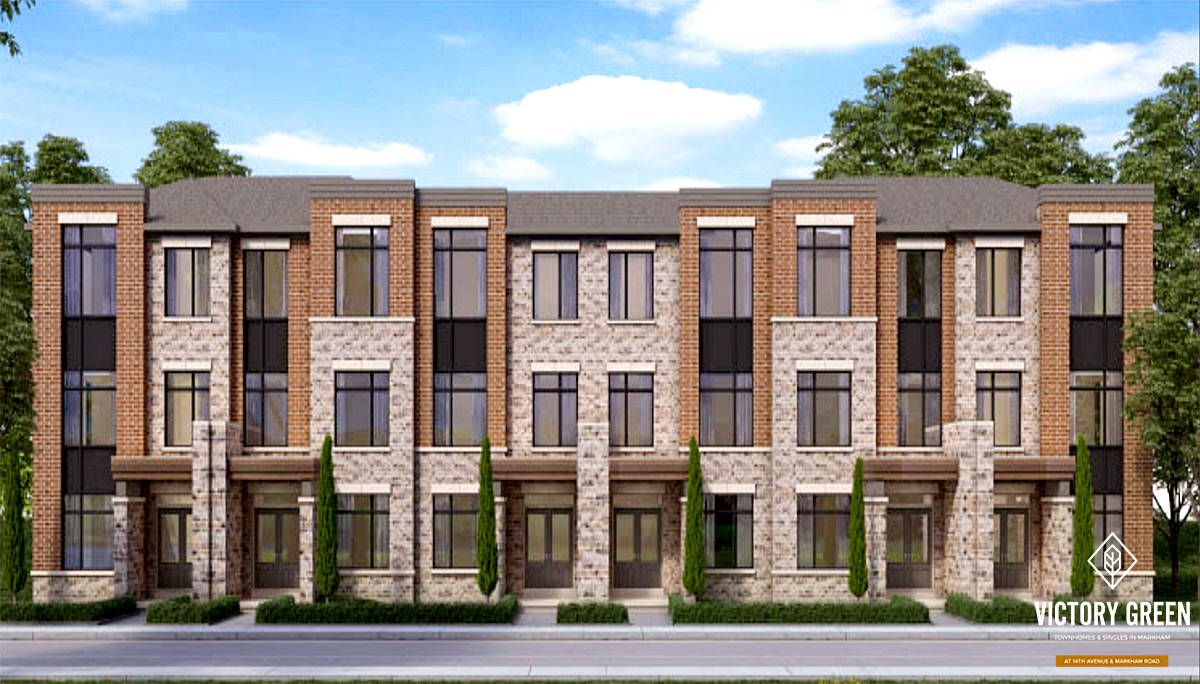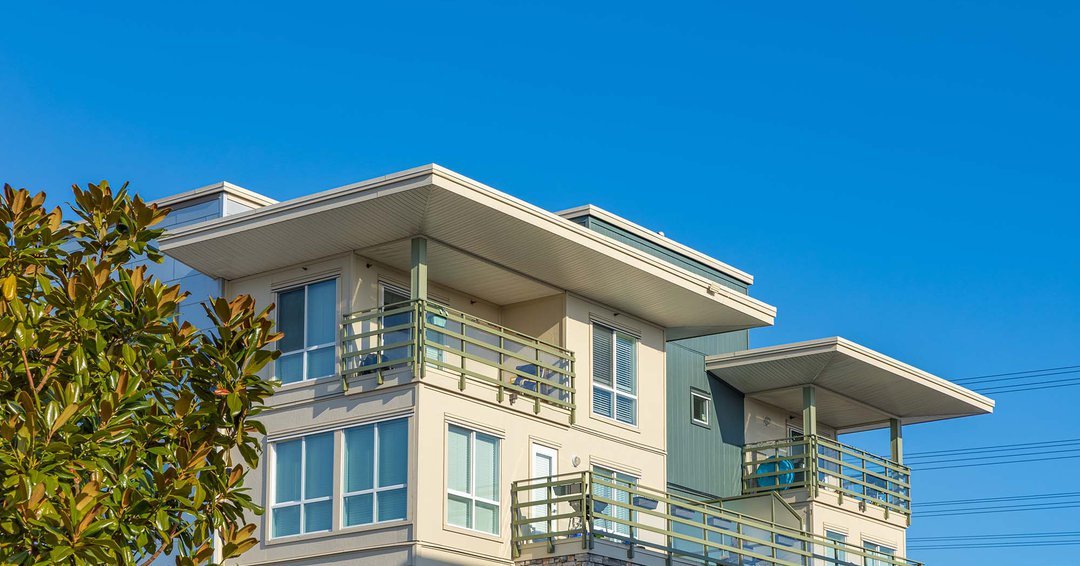
Canada's housing affordability declines the most in 27 years.
A mortgage for the average home in Canada will cost Canadians more than half of their household income for the first time since the mid-1990s. The National Bank of Canada (NBC) noted in its latest Housing Affordability Monitor report that housing affordability in Canada has worsened for the fifth consecutive quarter. In comparison to the previous quarter, the MPPI (mortgage payment as a proportion of income) for a typical home increased by 4.9 percentage points. This is the worst quarter in more than 27 years of declines in the stock market. All ten major markets studied by NBC were found to have decreased in affordability, with the exception of Victoria, Toronto, and Vancouver.
“Over the last 12 months, the worsening in affordability was the nastiest in 40 years,” said the report. “For the first time since 1994, it would take more than 50 percent of income for a representative household to service the mortgage on a representative home in Canada’s main urban centres.”
“Headwinds will continue to blow against Canada’s real estate market in the months ahead with the Bank of Canada pursuing its monetary policy normalization process through higher policy rates and quantitative tightening,” further said the report.
In Q1-2022, rising property prices and rising interest rates were cited as the two key factors that contributed to Canada's deteriorating housing affordability. Since Q3-2013, NBC's 5-year benchmark mortgage rate has jumped 46 bps in Q4-2021, the highest one-quarter change since that period. By choosing variable-rate mortgages in recent months, most homebuyers have been able to escape large price rises, but the terms of these mortgages are becoming less attractive. Because of this, the resale market has been affected.
The worst losses in affordability have struck Canada's major cities the hardest.
The most severe drops in affordability were seen in the largest and most costly cities in Canada during the first quarter of 2002. For the third quarter in a row, Victoria recorded the highest annual decline in its MPPI, which rose by 19.6 percentage points. As a direct consequence of this, Victoria's MPPI reached 80%, which represents the highest level for the city since the second quarter of 2008. The MPPI in Victoria experienced an increase of 8.5 percentage points on a quarterly basis. The MPPI increased to 85.7 percent for non-condos and to 44.2 percent for condos, representing respective increases of 9.3 percent and 4.1 percent from the previous quarter.
At the moment, the yearly household income required to afford a non-condo in Victoria is $204,078 whereas the annual household income required to afford a condo in Victoria is $123,747. At an annual savings rate of 10%, it would take 382 months (31.8 years) to save up enough money for a downpayment on a house that is not a condo, while it would only take 58 months (4.8 years) to save up enough money for a condo.
In the same province, the city of Vancouver had a significant decline in its affordability as a result of the MPPI's seven-point increase during the first quarter of 2018, an acceleration that hasn't been seen in the records since the year 1994. The typical monthly mortgage payment in Vancouver now takes up 81.4 percent of the city's median salary, making it the most expensive city in Canada in which to purchase a property. The Vancouver Multiple Property Index (MPPI) surged by nine percent quarterly to reach 101.5 percent for properties that were not condos. Meanwhile, the MPPI for condos rose by 3.2 percent to reach 43.4 percent.
If you want to buy a house that isn't a condo in the largest city in British Columbia, you'll need an annual income of at least $285,078; if you want to buy a condo, you'll need an annual income of at least $142,357. In the event that you intend to save up for a down payment, it will take you approximately 452 months (37.6 years) and 63 months (5.25 years) of savings at a rate of 10% to be able to afford a non-condo or condo residence, respectively.
In Toronto, the situation is not significantly better than it was before.
The city saw the largest quarterly decline in affordability since 1994 during the first quarter of 2012, as the MPPI increased by 8.1 percentage points to reach its highest level since 1990. The median price per square foot index (MPPI) for non-condo properties rose by 8.9 percent quarterly to 81.5 percent, while the same gauge increased by 4.2 percent for condo properties to an MPPI of 44.2 percent.
Homebuyers in Toronto need an annual income of $228,100 to be able to afford the typical house that is not a condo. This figure is significantly more than the required amount of finances, which is only $144,644 for a condo. It would take around 363 months (30.2 years) to save up enough money for a down payment on a house that is not a condo, while it would only take 64 months (5.3 years) to save up enough money for a down payment on a condo in the city.
